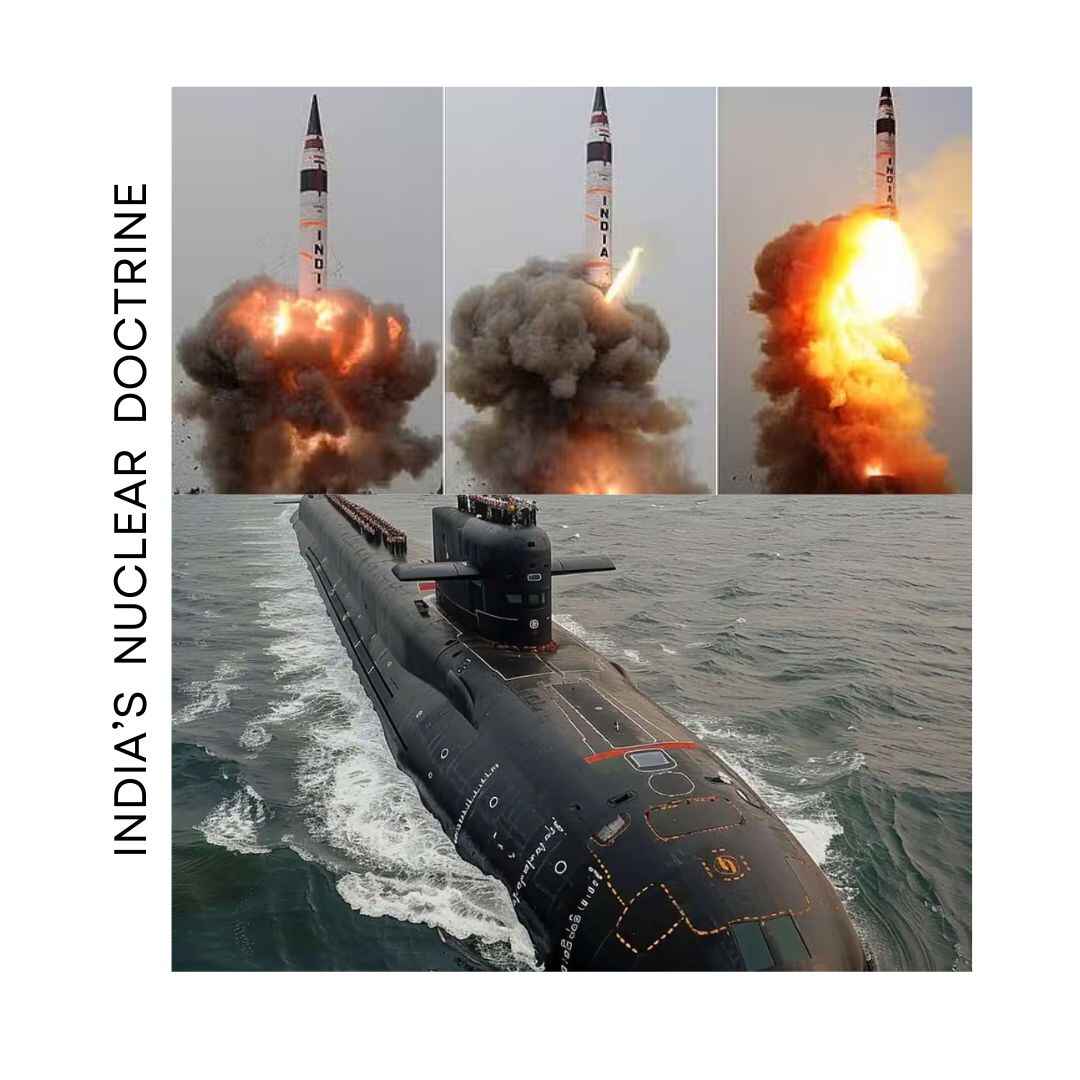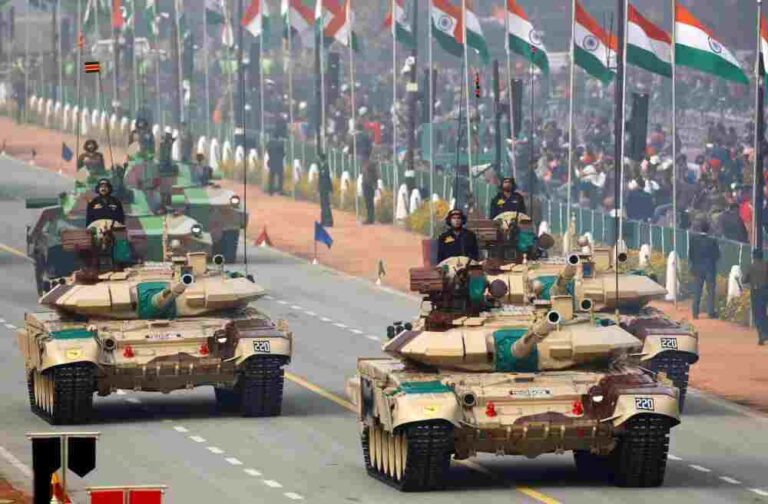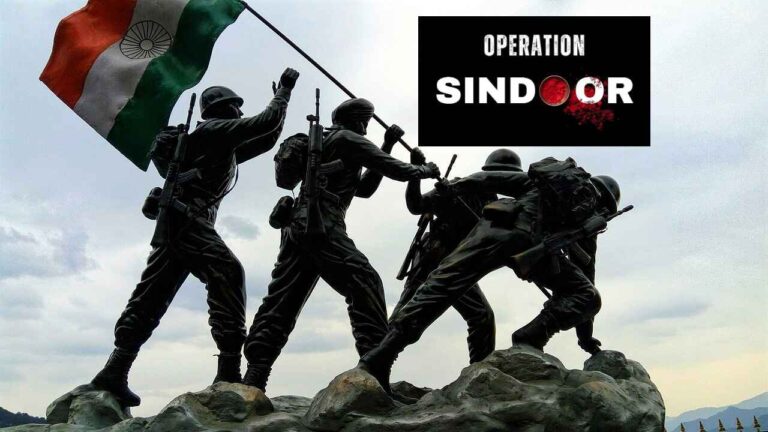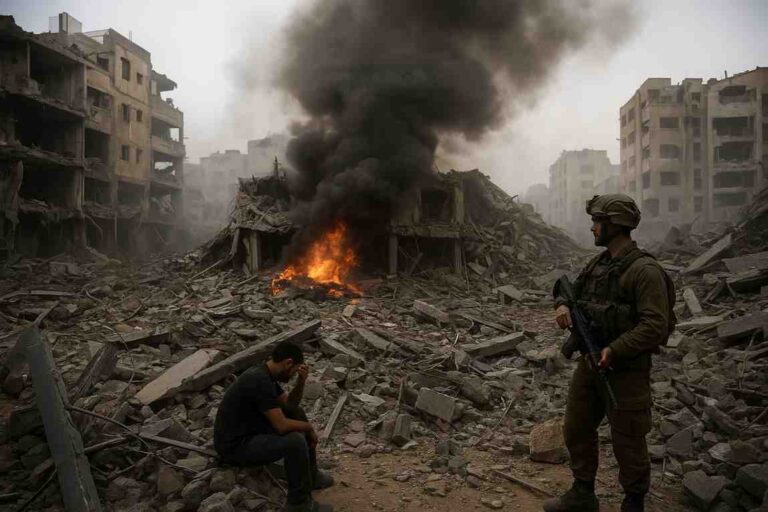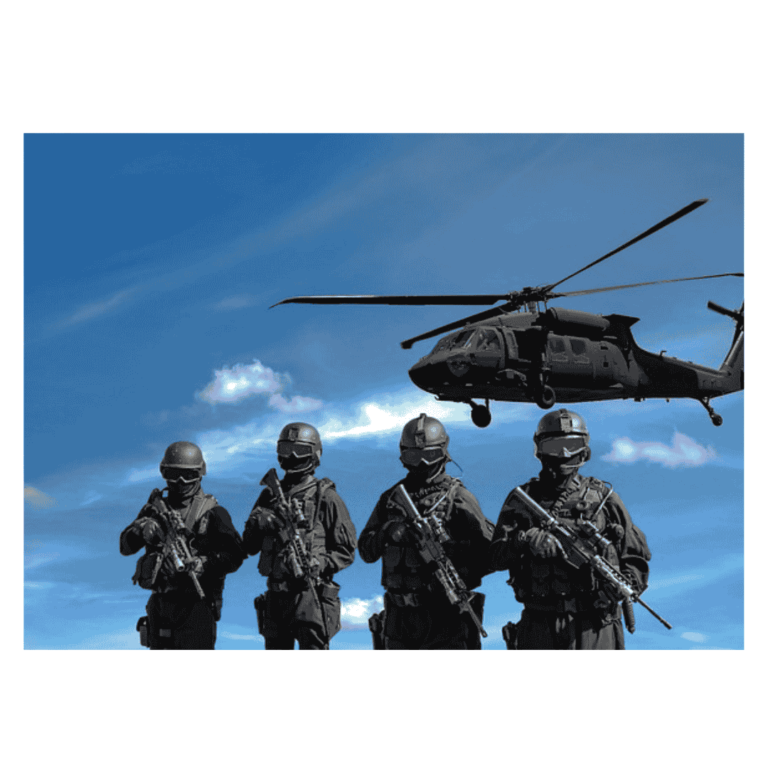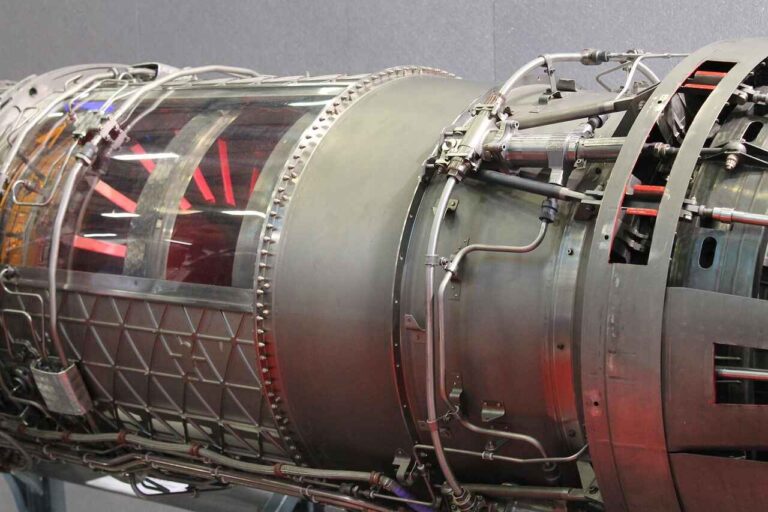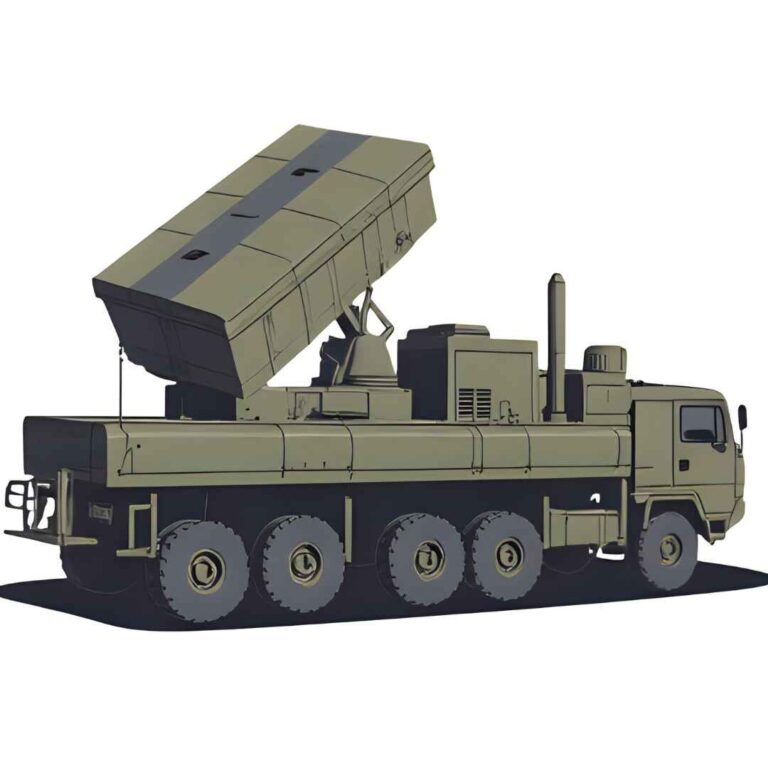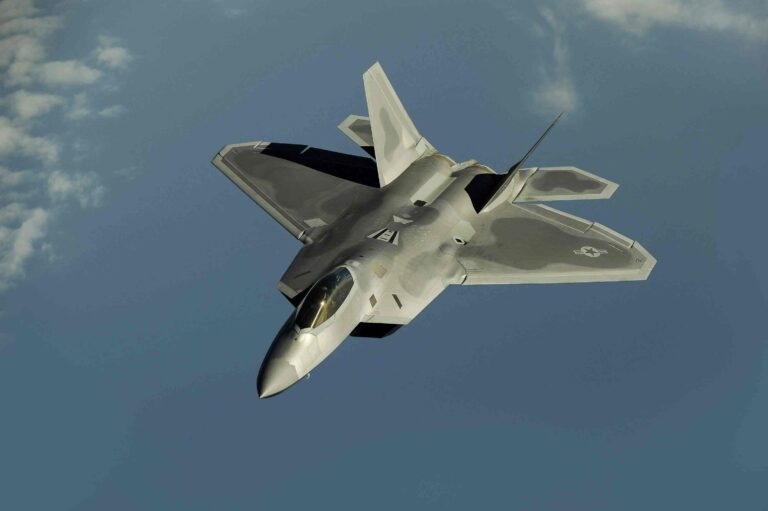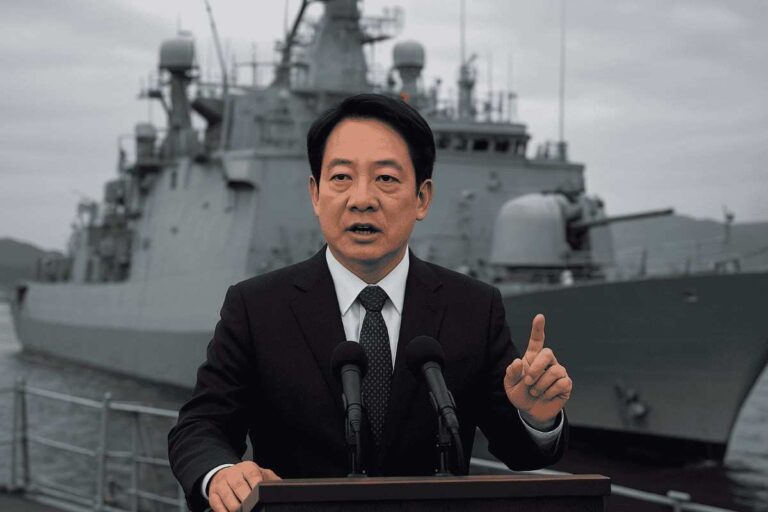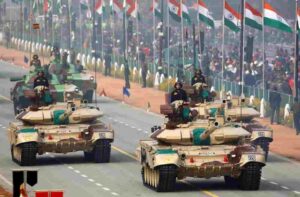Historical Background and Evolution
India’s nuclear journey has been marked by a careful balance between scientific ambition, strategic imperatives, and international diplomatic pressures. The evolution of India’s nuclear doctrine has been shaped by geopolitical developments in South Asia and beyond, technological advancements, and the need for a secure and independent deterrent against potential adversaries.
India’s foray into nuclear research began well before it acquired nuclear weapons. In 1948, just a year after independence, India established the Atomic Energy Commission (AEC) under Dr. Homi J. Bhabha, the father of India’s nuclear program. The initial focus of India’s nuclear program was on the peaceful use of nuclear energy.
However, regional security threats and the rapid nuclear advancements of neighbouring countries began to reshape India’s stance on nuclear deterrence.
The 1974 Pokhran-I Nuclear Test
India’s first significant step towards nuclear capability came with Operation Smiling Buddha, the country’s first nuclear test on May 18, 1974, at Pokhran. This event marked India’s emergence as a nuclear-capable state, however, the Indian government at the time declared it a “peaceful nuclear explosion” (PNE), aimed at demonstrating technological capability rather than weaponization.
Despite this, the test was a clear signal of India’s intent to maintain a credible nuclear capability, especially in the context of the Cold War, the Sino-Indian conflict of 1962, and Pakistan’s nuclear ambitions, which began to accelerate after India’s test. The 1974 test also resulted in international isolation, with India facing sanctions and exclusion from global nuclear frameworks like the Nuclear Non-Proliferation Treaty (NPT).
1998 Pokhran-II Tests
India’s nuclear posture took a decisive turn on May 11 and 13, 1998, when it conducted a series of nuclear tests under the codename Pokhran-II. These tests were the high point of decades of scientific research, technological development, and political deliberation. The government, under Prime Minister Atal Bihari Vajpayee, declared India a nuclear-armed state.
The tests were followed by an official announcement of India’s Nuclear Doctrine, which marked a shift from ambiguity to a more explicit declaration of its nuclear strategy. This doctrine laid the groundwork for India’s nuclear policy, moving from non-weaponization to a deterrence-focused approach.
Principles of India’s Nuclear Doctrine
India’s nuclear doctrine is anchored in principles that guide the nation’s approach to nuclear deterrence, security, and global responsibility. Officially formalized in 2003, the doctrine strikes a balance between maintaining credible nuclear deterrence and adhering to norms of responsible state behaviour.
No First Use (NFU)
The most significant and globally recognized aspect of India’s nuclear doctrine is its No First Use (NFU) policy. Under this principle, India pledges not to initiate the use of nuclear weapons in any conflict but reserves the right to retaliate in the event of a nuclear attack.
This policy is intended to reduce the risks of nuclear war by clearly signalling that India’s nuclear weapons are for deterrence only, not for offensive use. This principle seeks to avoid escalation and allows India to project itself as a responsible nuclear power.
Credible Minimum Deterrence
India’s nuclear doctrine adheres to the concept of Credible Minimum Deterrence. This principle stipulates that India will retain only the minimum number of nuclear weapons required to deter adversaries from initiating a nuclear strike.
While the doctrine emphasizes the necessity for minimal deterrence, the precise size and composition of India’s nuclear arsenal are not clearly defined. This approach provides India with the flexibility to modify its arsenal in response to evolving threats and advancements in technology.
Massive Retaliation
In the case of a nuclear attack on Indian soil or its forces, India’s nuclear doctrine dictates a policy of massive retaliation. This signifies that India will respond with overwhelming force, targeting severe damage to the adversary.
This policy aims to serve as a powerful deterrent, clearly conveying that any nuclear strike on India will trigger catastrophic repercussions for the aggressor. The intent is to deter potential adversaries from even considering a nuclear first strike.
Non-Use of Nuclear Weapons Against Non-Nuclear States
India’s nuclear doctrine includes a commitment not to use nuclear weapons against non-nuclear-armed states. This is a key element of India’s stance on promoting global nuclear non-proliferation and disarmament.
This principal bolster India’s role as a responsible nuclear power, committed to maintaining international standards and diminishing the threat of nuclear conflict. It signals that India’s nuclear arsenal is primarily aimed at deterring nuclear-armed adversaries and not for coercion against weaker states.
Second Strike Capability
To guarantee that India can retaliate in the event of a nuclear strike, the doctrine places a strong emphasis on maintaining a second-strike capability. This means India’s nuclear arsenal must be capable of surviving an enemy’s first strike and still deliver a devastating response.
India’s pursuit of a nuclear triad—land-based missiles, air-launched delivery systems, and submarine-launched ballistic missiles (SLBMs)—is crucial for ensuring this second-strike capability. The development of nuclear submarines, such as INS Arihant, serves as a critical platform for delivering stealthy and survivable nuclear retaliation.
India’s Nuclear Triad
The nuclear triad represents India’s capability to deliver nuclear weapons through three distinct platforms: land, air, and sea. This system forms the core of the nation’s second-strike capability, ensuring the ability to retaliate decisively in the event of a nuclear attack. By establishing a fully operational triad, the country bolsters its deterrence posture. It reinforces its nuclear doctrine, particularly its commitment to Credible Minimum Deterrence and the No First Use policy.
Land-Based Nuclear Forces
The land-based leg of India’s nuclear triad consists of ballistic missile systems capable of delivering nuclear warheads to targets both regionally and beyond. These systems form the core of India’s deterrence against both Pakistan and China, ensuring that the country can strike key targets even in the event of a surprise nuclear attack.
Agni Missile Series:
- Agni-I: A short-range ballistic missile (700–1,200 km range) primarily aimed at deterring Pakistan. Its mobility allows it to be deployed quickly in response to potential threats.
- Agni-II: With a range of around 2,000–3,000 km, the Agni-II extends India’s reach into key strategic regions of Asia, including parts of China and Pakistan.
- Agni-III: A medium-range missile (3,000–5,000 km range), providing enhanced coverage of targets across Asia, including deep into China.
- Agni-IV: With a 4,000 km range, designed for greater accuracy and survivability.
- Agni-V: The Most advanced intercontinental ballistic missile (ICBM), the Agni-V, has a range of over 5,000 km and can effectively strike important cities and military installations in China. This development represents a major advancement in the country’s strategic deterrence capabilities.
- Agni-VI: With an anticipated longer range and the potential to carry Multiple Independently Targetable Re-entry Vehicles (MIRVs), the Agni-VI will significantly boost India’s ability to strike multiple targets simultaneously.
Prithvi Missile Series: The Prithvi series, specifically the Prithvi-II, is part of India’s arsenal for short-range tactical nuclear strikes. With a range of around 350 km, it is aimed at regional deterrence, particularly against Pakistan.
Mobile Launch Platforms: India’s land-based missiles are deployed on mobile launch platforms, increasing their survivability in a first-strike scenario. This mobility allows India to disperse its missile systems, making them harder for adversaries to target in a pre-emptive strike.
Air-Based Nuclear Forces
The air component of India’s nuclear triad consists of fighter jets equipped to carry and deliver nuclear weapons. This leg of the triad provides flexibility in terms of deployment and delivery, as aircraft can be deployed to different locations and penetrate deep into enemy territory.
- Mirage-2000: The Mirage-2000 aircraft has been modified to carry nuclear gravity bombs. It has been a reliable part of India’s nuclear strike force, with its speed and agility allowing it to deliver nuclear payloads in both Pakistan and China.
- Sukhoi Su-30MKI: India’s most advanced multi-role fighter jet, the Su-30MKI, has also been equipped to deliver nuclear weapons. Its long range, high payload capacity, and ability to perform air-to-air refuelling make it an integral part of the air-based leg of India’s triad.
- The SEPECAT Jaguar aircraft, capable of flying at low altitudes and evading radar detection, has been modified to carry nuclear weapons. Its role is primarily as a deep penetration strike aircraft, designed to deliver nuclear payloads deep into enemy territory.
- India is also exploring the development of long-range bombers and potentially nuclear-capable drones in the future. The air leg of the triad is likely to see further modernization with the acquisition of advanced aircraft systems and technologies to ensure the continued effectiveness of this delivery platform.
Sea-Based Nuclear Forces
The sea-based leg of the nuclear triad is the most critical for ensuring second-strike capability. Sea-based nuclear deterrence provides India with a platform that is highly survivable and can remain hidden in the vastness of the oceans, making it almost impossible for an adversary to neutralize completely India’s nuclear deterrent.
Ballistic Missile Submarines (SSBNs):
- INS Arihant: India’s first indigenous nuclear-powered ballistic missile submarine (SSBN), INS Arihant, marks the operationalization of the sea-based leg of the nuclear triad. Capable of carrying K-15 (Sagarika) and K-4 submarine-launched ballistic missiles (SLBMs), the INS Arihant ensures that India can retaliate against a nuclear strike even if its land and air-based forces are neutralized.
INS Arighat: India’s second indigenous nuclear-powered ballistic missile submarine (SSBN), INS Arighat is the advanced version of INS Arihant, which will further boost India’s sea-based deterrent capability. The INS Arighat, which is part of the Arihant-class submarines, is named after the Sanskrit term that means ‘Destroyer of the Enemy.’
Command and Control Mechanisms
India’s nuclear doctrine is defined not just by its deterrence principles but also by strong command and control mechanisms that regulate the deployment and utilization of its nuclear arsenal. These frameworks guarantee civilian oversight, strategic stability, and security, demonstrating a commitment to responsible management and reducing the risk of unauthorized use.
Nuclear Command Authority (NCA)
At the core of India’s nuclear command structure is the Nuclear Command Authority (NCA), the ultimate decision-making body for nuclear weapons use. The NCA comprises two councils:
- Political Council: Chaired by the Prime Minister, this council holds the highest decision-making authority regarding nuclear weapon deployment. By placing this authority in the hands of elected civilian leaders, it strengthens India’s position as a responsible nuclear power, ensuring that such critical decisions are made at the political level.
- Executive Council: Led by the National Security Advisor (NSA), this council implements the Political Council’s decisions and provides inputs on nuclear policy and strategy. It oversees nuclear readiness and coordinates among the armed forces involved in deterrence, playing a crucial advisory role during crises.
Civilian Oversight and Democratic Accountability
India’s command and control mechanisms prioritize civilian oversight, ensuring that nuclear weapons remain under democratic control. This structure aligns with the broader governance system, which emphasizes civilian leadership over military authority. Civilian involvement in nuclear decision-making mitigates the risk of escalation, promoting a deliberate approach to nuclear weapon use, reserved for extreme circumstances.
Chain of Command
India’s nuclear forces operate under a carefully designed chain of command that prevents unauthorized or accidental use. Following a centralized model, orders to employ nuclear weapons originate exclusively from the NCA, transmitted through a secure communication system.
Nuclear launch codes are centrally controlled and accessible only after an explicit order from the Political Council, ensuring no weapon is used without civilian authorization. The nation has developed a secure and redundant communication infrastructure to guarantee reliable order transmission, even amid significant disruptions. While there is no pre-delegation of authority to military commanders in peacetime, procedures exist for rapid delegation in extreme scenarios, preserving survivability and second-strike capability.
Strategic Forces Command (SFC)
The Strategic Forces Command (SFC) serves as the military entity responsible for the operational management and deployment of nuclear forces. Operating under the directives of the Nuclear Command Authority (NCA), the SFC is pivotal in maintaining operational readiness and ensuring seamless integration and coordination across India’s land-based, air-launched, and sea-based nuclear delivery platforms.
The SFC oversees the daily management of missile units, aircraft squadrons, and submarines, ensuring operational preparedness and executing nuclear orders as authorized. Additionally, it fosters inter-service coordination between the army, air force, and navy, integrating land-based, air-launched, and sea-based systems into a cohesive deterrent.
Safeguards and Security Mechanisms
Given the catastrophic consequences of unauthorized nuclear use, India has implemented rigorous safeguards to secure its arsenal, preventing accidents or sabotage.
- Permissive Action Links: These control systems ensure that nuclear weapons cannot be armed or launched without proper authorization codes, serving as an additional security layer against unauthorized access.
- Physical Security of Nuclear Facilities: Stringent measures protect nuclear facilities and storage sites from external and insider threats. These include perimeter defenses, surveillance, and dedicated security forces to ensure the integrity of nuclear assets.
- Cybersecurity Measures: In light of the increasing threat of cyber warfare, significant investments have been made to protect nuclear command and control systems. Cybersecurity teams work diligently to thwart potential hacking attempts, ensuring the integrity of communication channels and nuclear systems.
Future of India’s Nuclear Doctrine in a Changing Global Order
India’s nuclear doctrine, rooted in the principles of No First Use (NFU), credible minimum deterrence, and a commitment to global disarmament, faces challenges and opportunities in a rapidly evolving global security environment. As advancements in technology, shifts in geopolitics, and emerging threats reshape the international nuclear landscape, India must continuously reassess and refine its nuclear strategy to remain relevant and effective. Several factors will shape the future of India’s nuclear doctrine, including regional security dynamics, technological developments, disarmament efforts, and nuclear governance.
India’s nuclear strategy is influenced primarily by the behavior of its two main regional adversaries: China and Pakistan. Both nations are actively modernizing their nuclear arsenals, presenting significant challenges to India’s deterrence posture. China’s growing military capabilities, coupled with its increasingly assertive actions in the Indo-Pacific region, may push India to reevaluate its nuclear stance to maintain credible deterrence. Pakistan’s development of tactical nuclear weapons, along with its ambiguous nuclear posture, further complicates India’s regional security calculus, demanding strategic adaptability.
To preserve strategic stability, India may need to enhance its second-strike capability, expanding its nuclear triad to ensure survivability in the event of a first strike and the ability to retaliate effectively. The ongoing modernization of India’s Arihant-class nuclear submarines and the development of submarine-launched ballistic missiles (SLBMs) will be crucial to reinforcing this deterrent. Despite these developments, India’s adherence to its “No First Use” policy is likely to remain central, supporting stability in an often unpredictable region.
The rapid advancement of nuclear-related technology presents both opportunities and threats for India’s doctrine. Emerging technologies like hypersonic weapons, cyber warfare tools, and artificial intelligence (AI)-driven systems could disrupt established nuclear deterrence models. Hypersonic missiles, for instance, reduce reaction times, challenging existing missile defense mechanisms and potentially weakening the credibility of India’s deterrence strategy.
In response to these threats, India will likely invest in modernizing its nuclear delivery systems, strengthening missile defense, and developing countermeasures against cyber threats that could compromise its nuclear infrastructure. Ensuring the resilience of India’s command and control systems amidst these technological developments will be crucial for maintaining credible deterrence. Moreover, India may explore integrating these technologies into its defense architecture to remain aligned with global nuclear trends.
India has historically championed global nuclear disarmament, advocating initiatives such as the Rajiv Gandhi Action Plan (1988), which called for the phased elimination of nuclear weapons. However, in today’s global disarmament environment, significant progress remains elusive. Major nuclear powers continue to modernize their arsenals, displaying limited interest in meaningful disarmament. Against this backdrop, India’s commitment to disarmament may face practical constraints.
While India will continue to support global disarmament in principle, its doctrine must remain flexible to address the realities of a world where nuclear weapons still play a central role in international security. India’s engagement with global non-proliferation frameworks, including the Missile Technology Control Regime (MTCR) and the Nuclear Suppliers Group (NSG), will be key in sustaining its reputation as a responsible nuclear state while navigating complex global dynamics.
India’s nuclear triad—land, air, and sea-based delivery systems—remains fundamental to the future of its nuclear doctrine. The survivability of India’s nuclear deterrent, particularly through its submarine fleet, ensures its second-strike capability. The continued development of the Arihant-class nuclear submarines and advanced SLBMs will bolster deterrence, especially in light of China’s growing naval strength and Pakistan’s evolving nuclear posture.
Expanding and modernizing the nuclear triad will involve improving the range, accuracy, and reliability of India’s missile systems. The development of longer-range missiles, such as the Agni-VI, capable of carrying multiple independently targetable reentry vehicles (MIRVs), would enhance India’s strategic reach and flexibility. These advancements are necessary to ensure the credibility of India’s deterrence in an increasingly volatile global security environment.
India’s NFU policy has been a cornerstone of its nuclear doctrine, underscoring its commitment to responsible deterrence and non-aggression. However, some analysts question the relevance of NFU, given emerging threats, particularly Pakistan’s tactical nuclear weapons and China’s growing military power. While abandoning NFU would have significant consequences for India’s international reputation as a responsible nuclear power, future revisions to the doctrine might involve a more nuanced interpretation of the policy. India could clarify its conditions for retaliation or define scenarios where the NFU policy could be reconsidered, balancing its doctrinal principles with evolving strategic realities.
As India emerges as a global power, its role in nuclear governance frameworks will become increasingly significant. Although not a signatory to the Nuclear Non-Proliferation Treaty (NPT), India’s commitment to non-proliferation is evident through its participation in export control regimes and its strong record in preventing the spread of nuclear technology.
In the future, India may seek a more active role in shaping the global nuclear order, possibly pushing for reforms to the NPT or advocating for the inclusion of non-NPT nuclear-armed states like itself in disarmament initiatives. By doing so, India would reaffirm its status as a responsible nuclear power while contributing to global nuclear stability.
Strategic partnerships, particularly with the United States, Russia, and other major powers, will also influence India’s nuclear doctrine. Agreements like the India-U.S. Civil Nuclear Deal and other defense collaborations provide India access to advanced nuclear technologies, strengthening its deterrence capabilities. Additionally, India’s growing role in regional security arrangements, such as the Quad, will shape its nuclear posture as it seeks to balance the influence of China in the Indo-Pacific. These relationships will be critical in ensuring that India’s nuclear doctrine remains effective in a rapidly changing global order.

